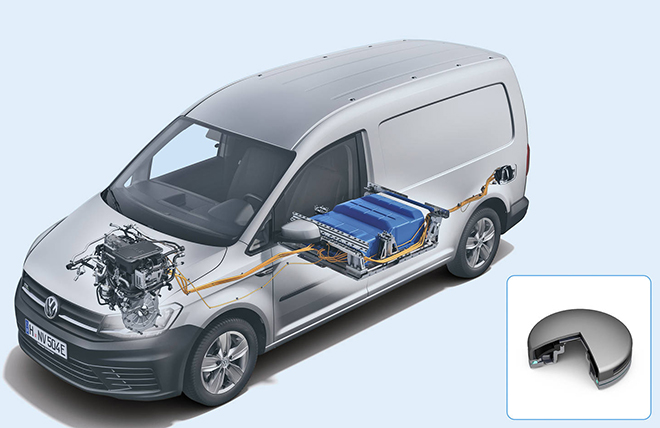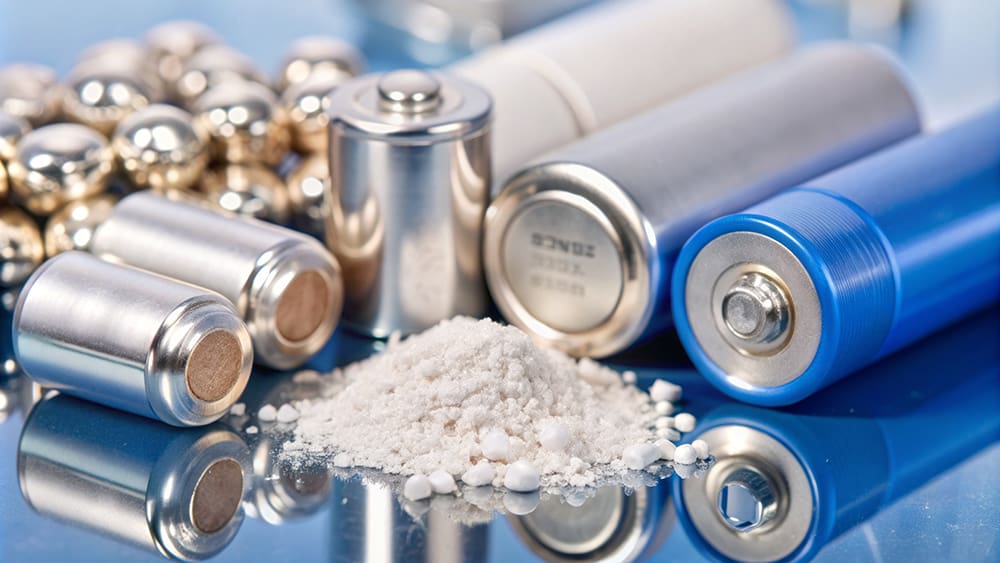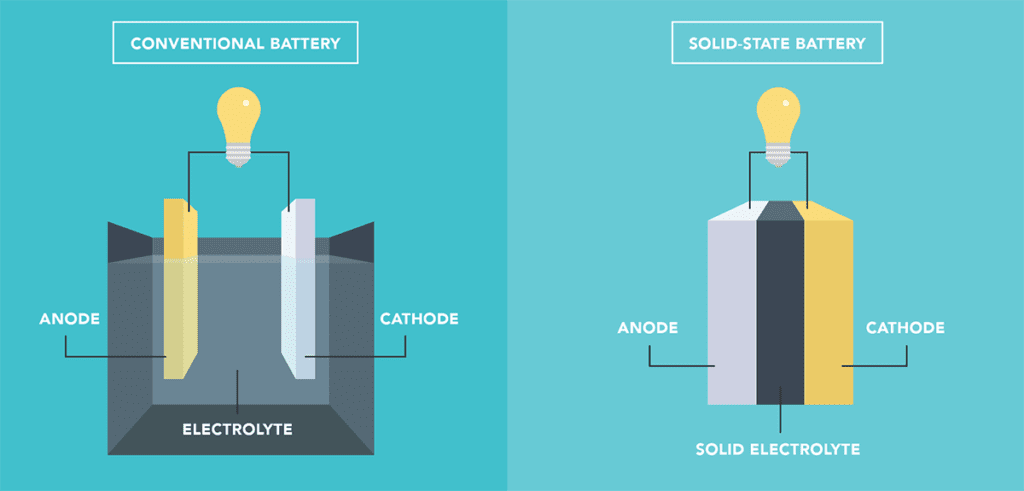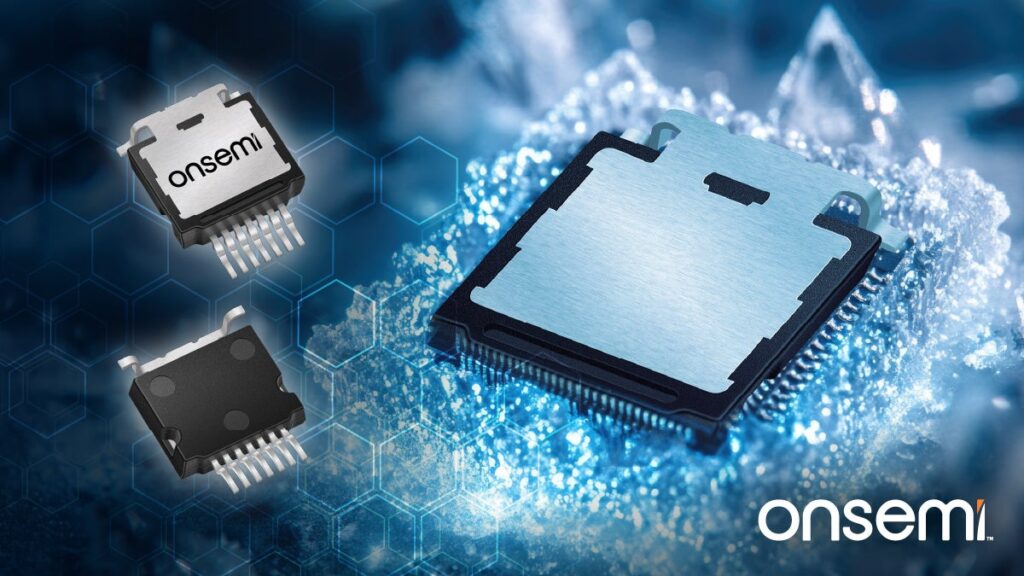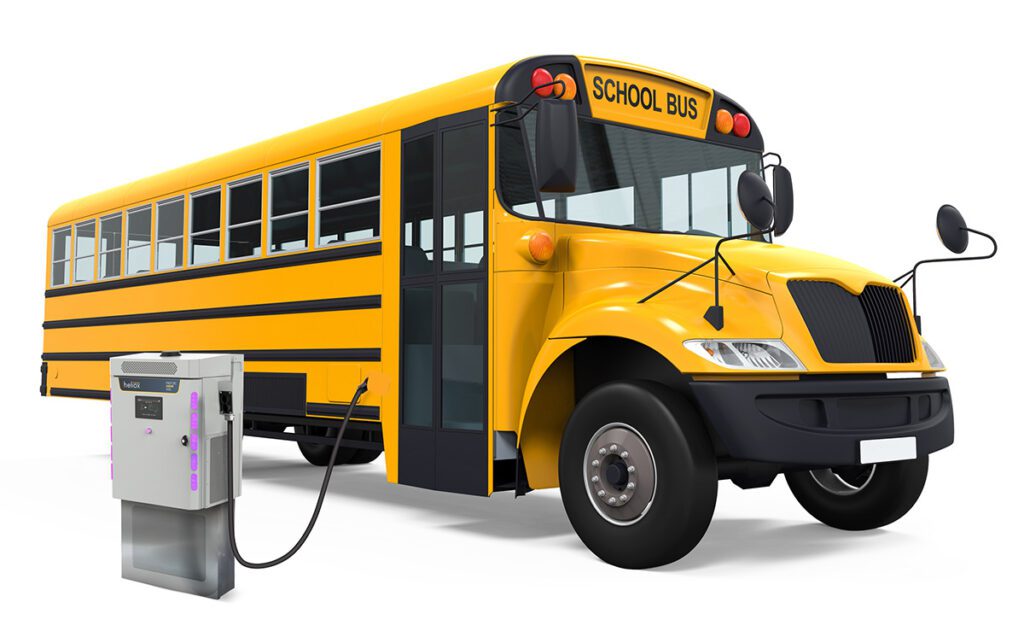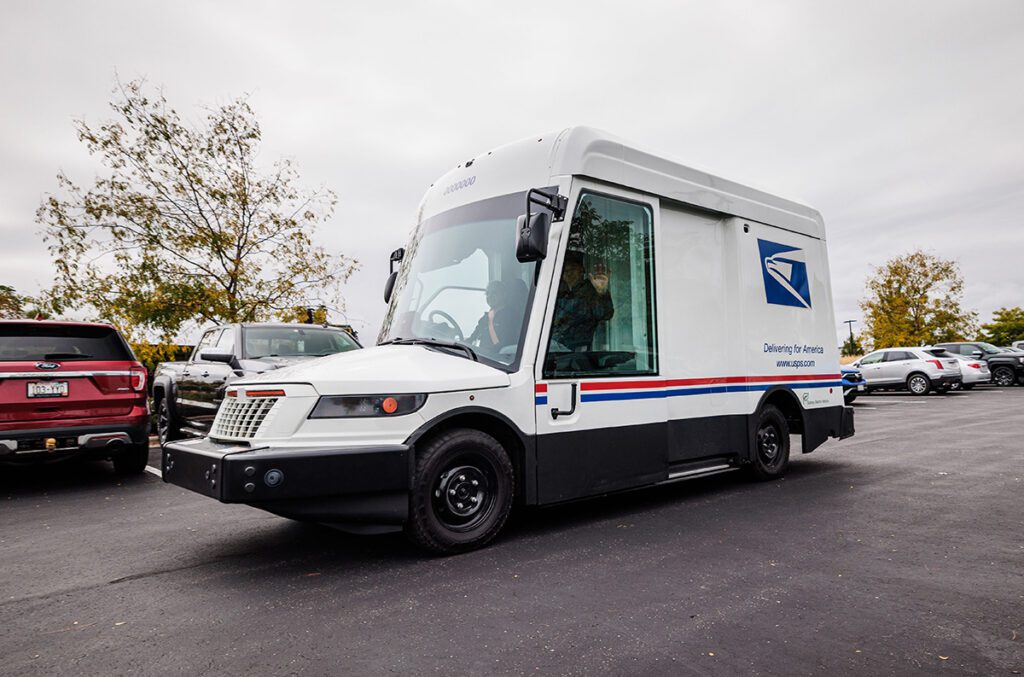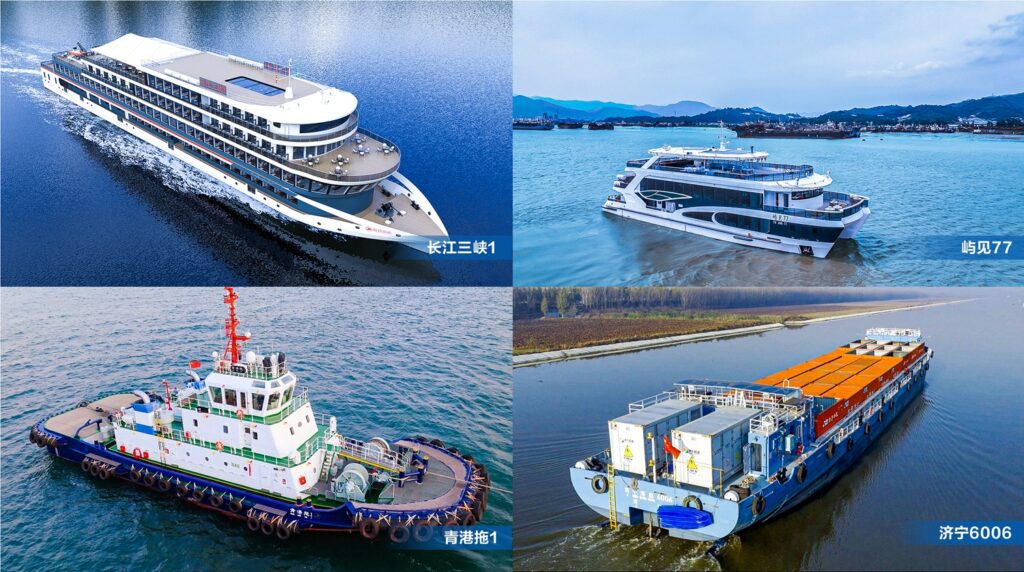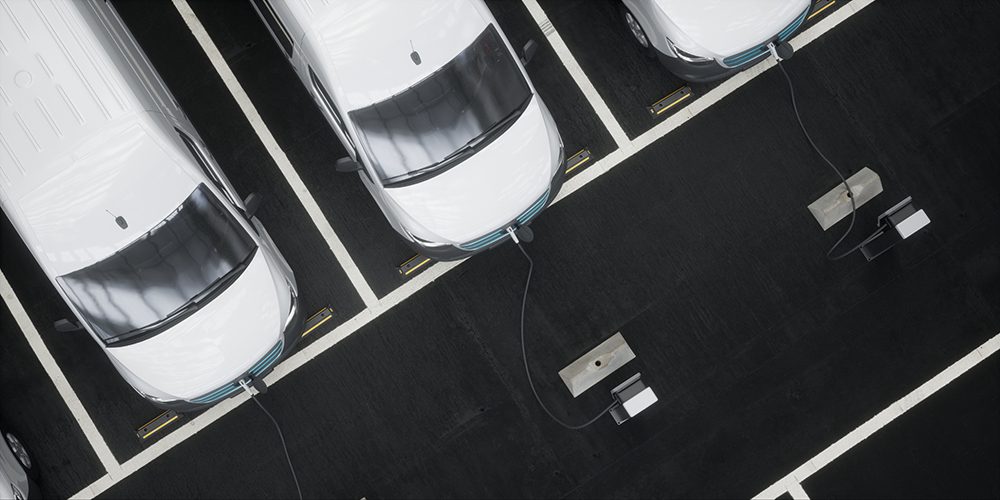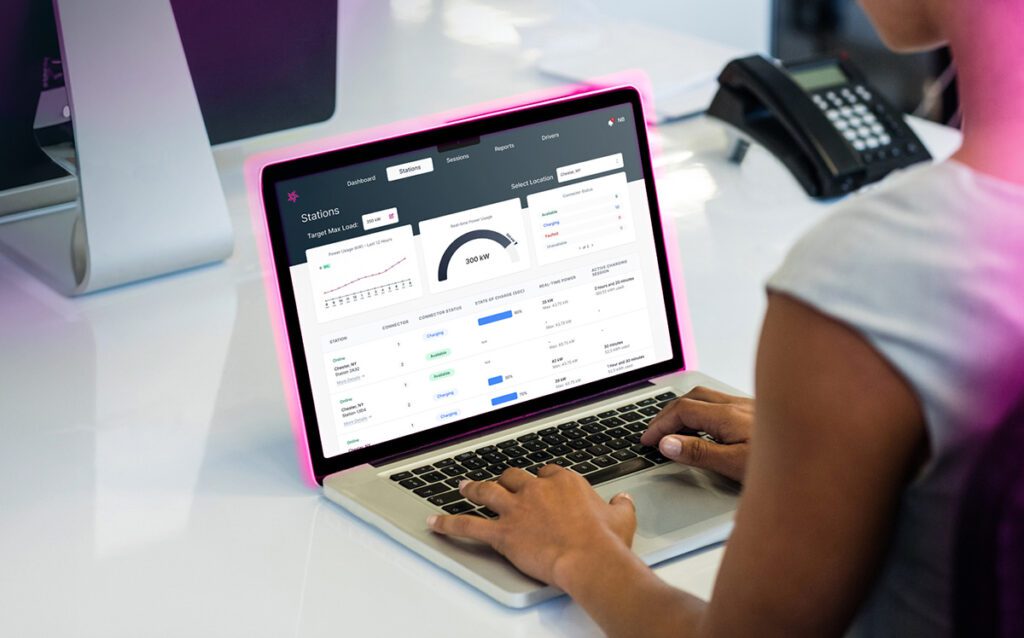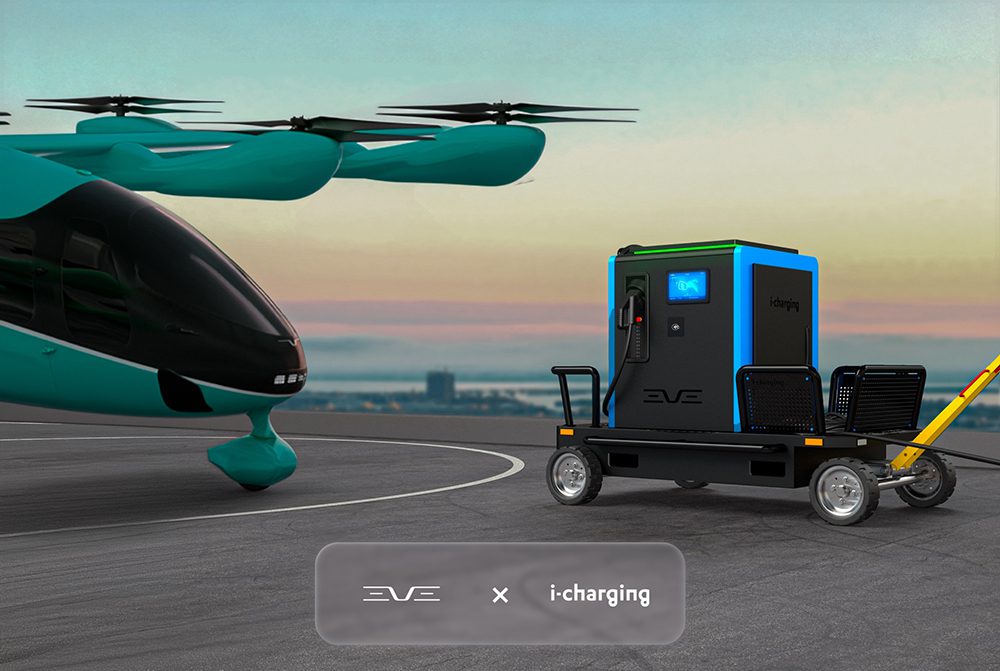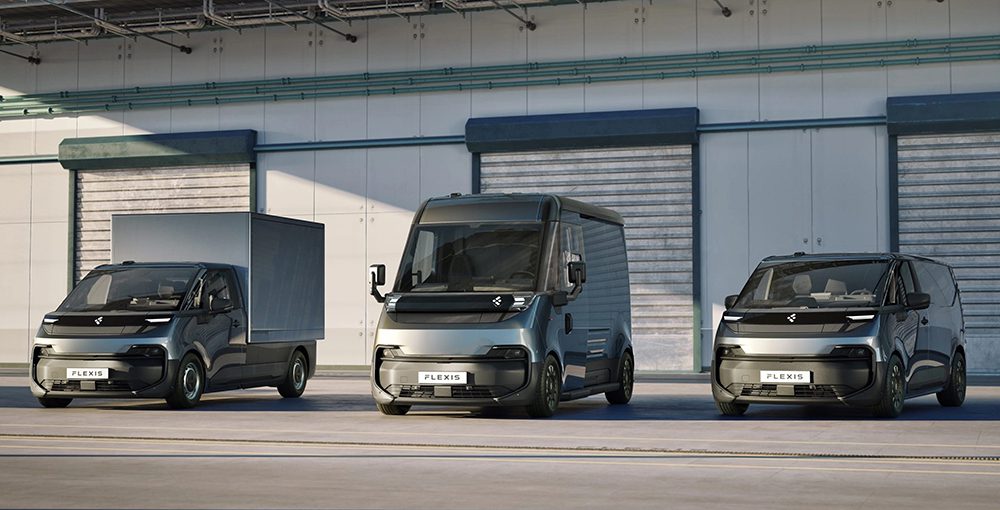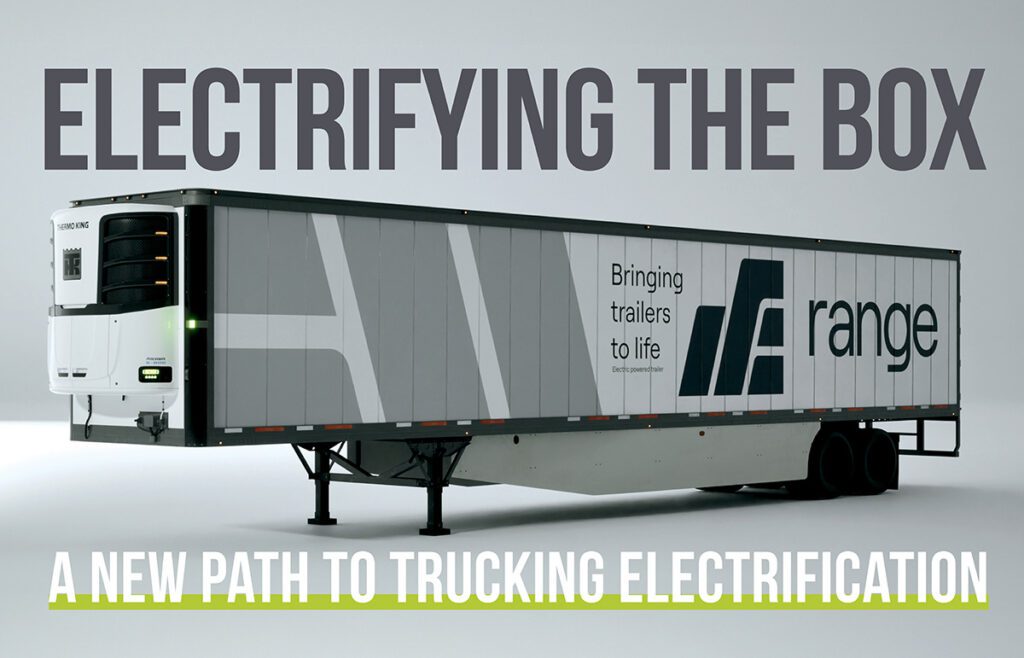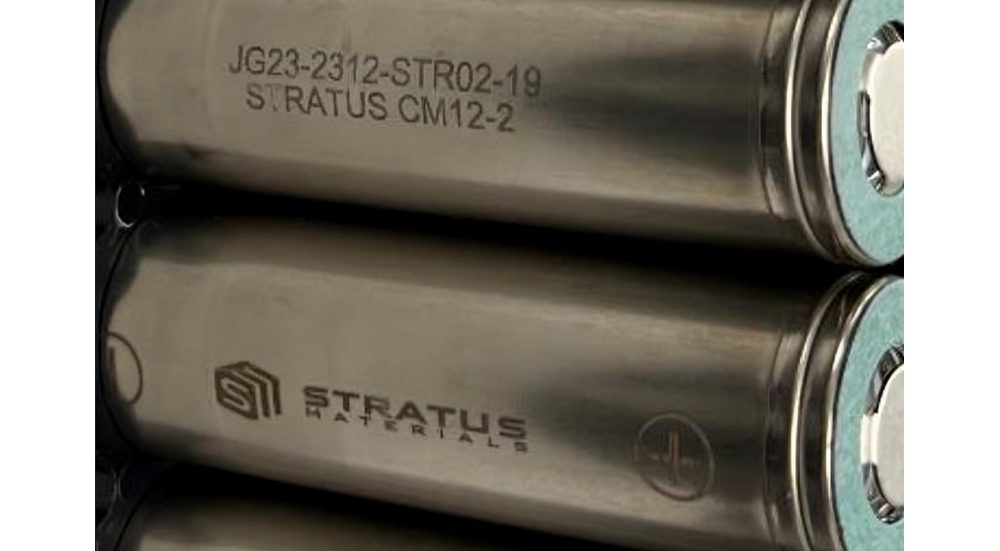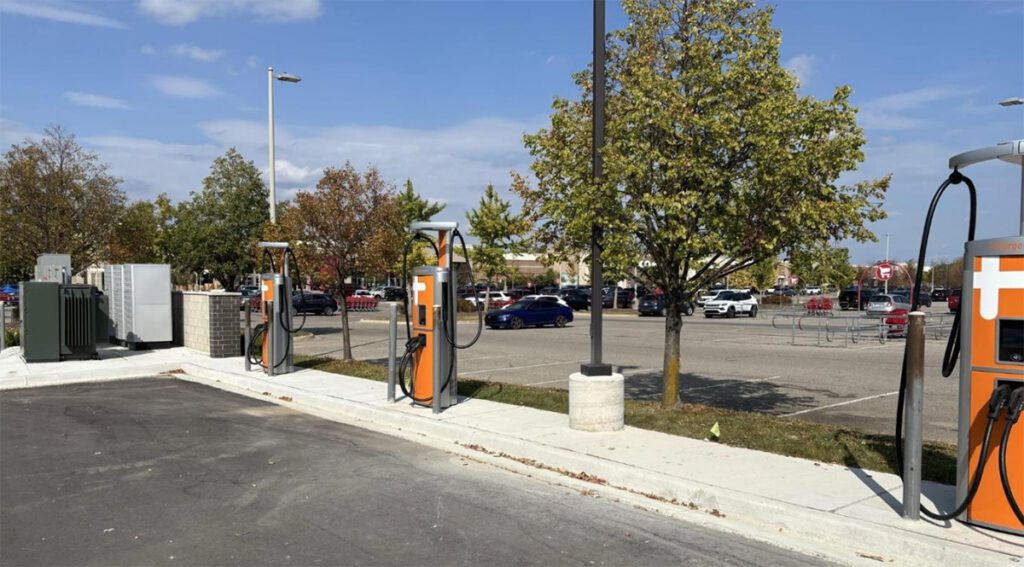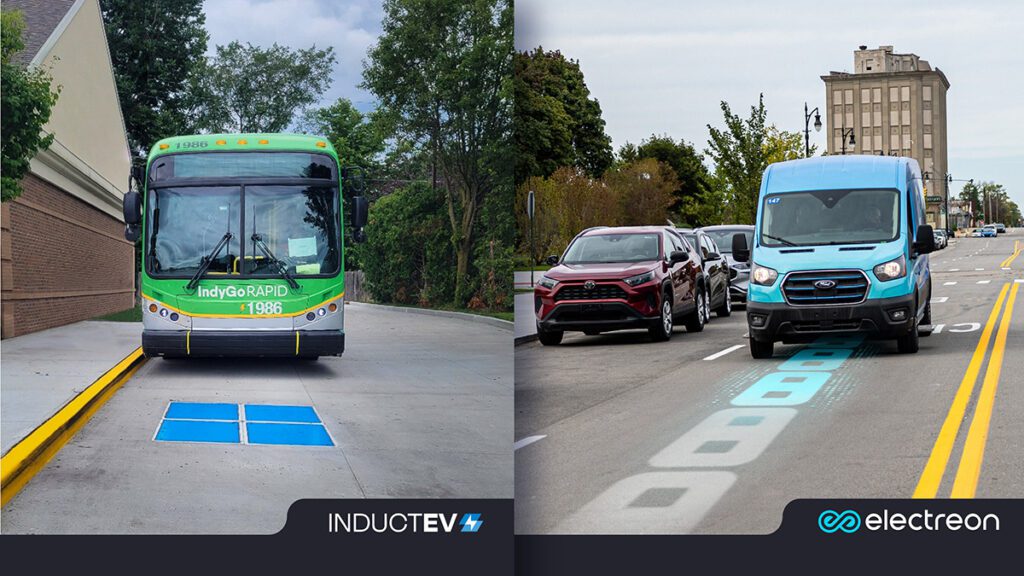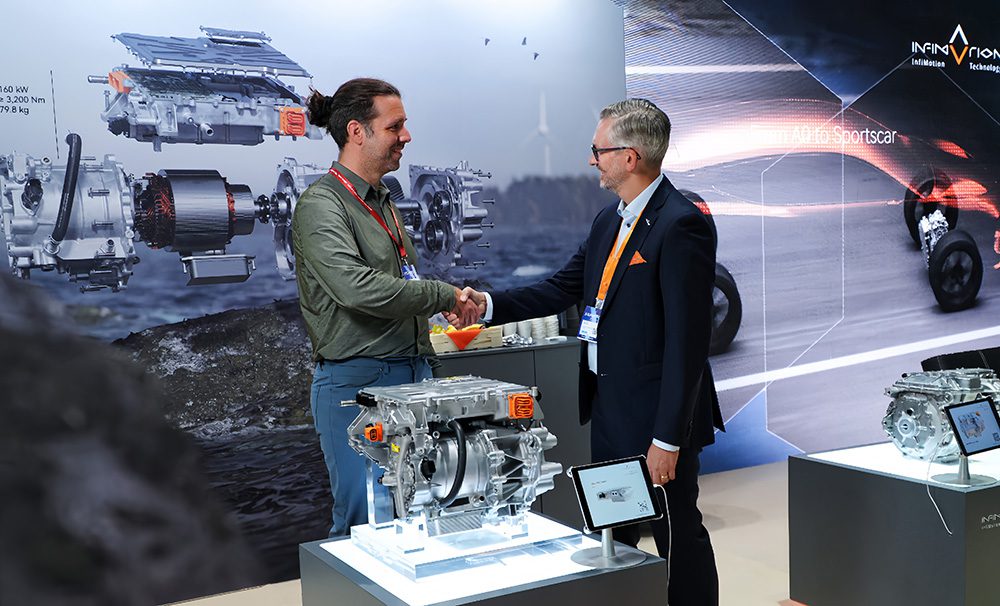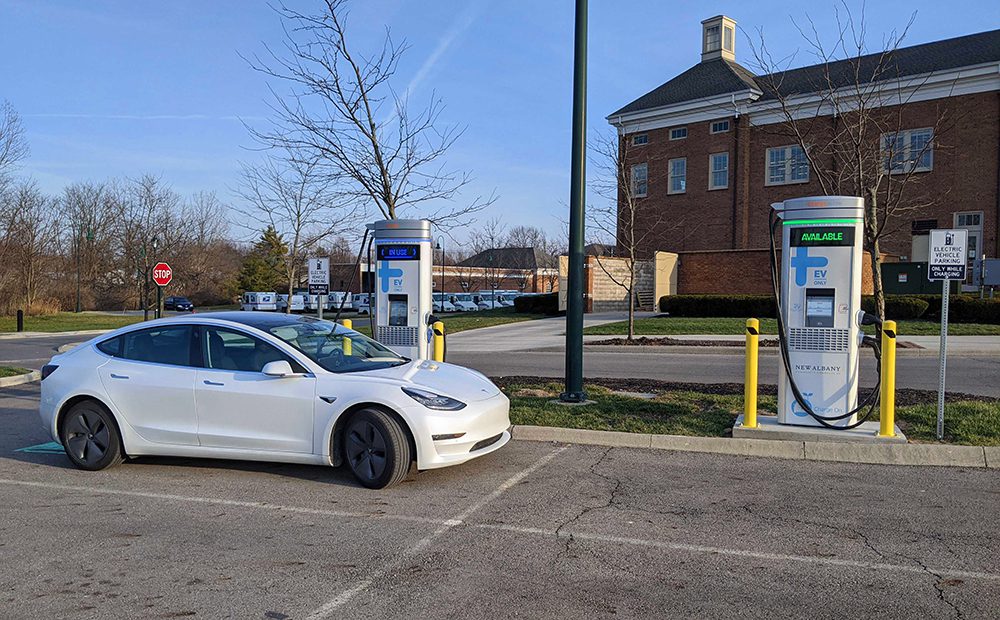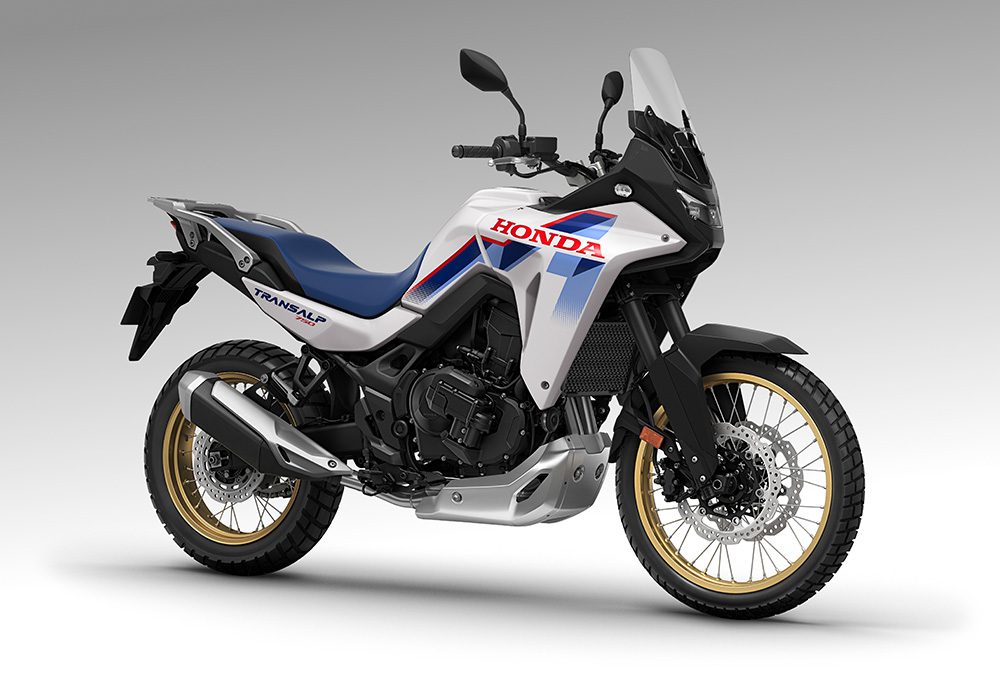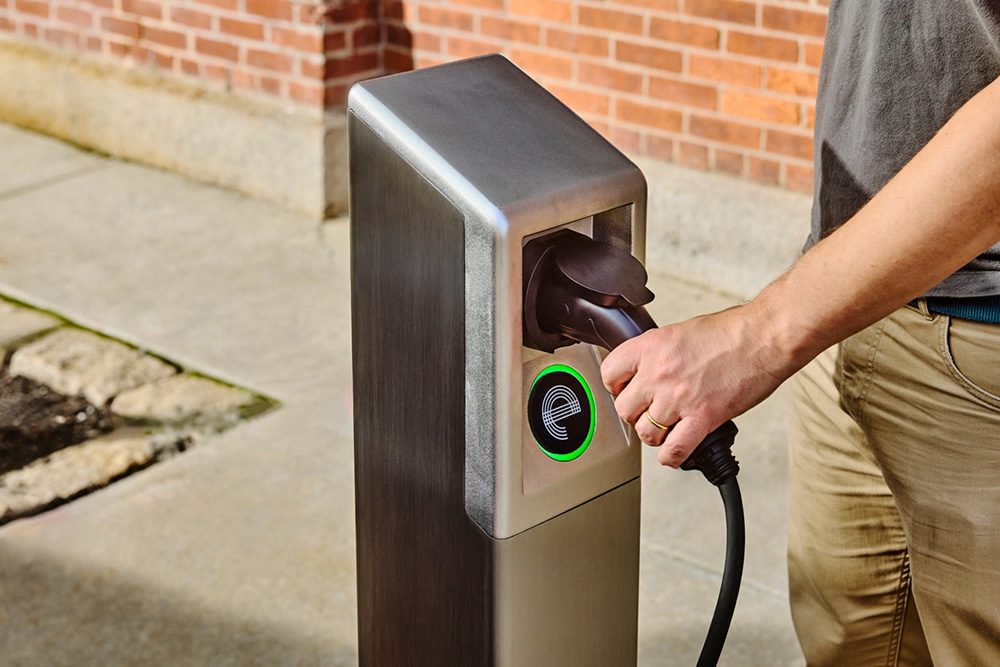EV batteries require pressure compensation both under normal operation and during emergency ventilation. Freudenberg Sealing Technologies’ DIAvent component combines these two functions into a single design, which will be used in the ABT e-Caddy and ABT e-Transporter, two Volkswagen vans that are popular in Europe and Mexico.
To reduce battery weight and size, ABT uses a steel housing with a very thin wall. The pressure compensation system ensures that the housing does not deform when the air pressure changes during uphill and downhill driving. In addition, every traction battery must have an emergency ventilation system. If a lithium-ion cell is damaged, it can get very hot in a short period of time, producing hot gases that must be vented quickly. Freudenberg’s DIAvent pressure compensation element manages both functions with a single component.
The combination of pressure compensation during normal operation and emergency gas release in case of an emergency is challenging, because the air volume differs greatly in these two cases. There is also a conflict of objectives between high air permeability and sealing against spray water. In response, Freudenberg has combined two nonwovens with different properties in DIAvent. The water-repellent nonwoven element on the outer side enables air exchange of around 21 liters per minute at 100 millibar differential pressure, and is water-tight up to a water column of 100 mm. If the water pressure rises above this, the outer layer is temporarily penetrated by water so that the second nonwoven layer retains a water column of up to two meters by experiencing a reversible swelling effect. In these situations, no water can enter the housing. In an emergency, degassing is enabled by an umbrella valve arranged in a ring around the nonwoven. It opens as soon as the pressure in the housing exceeds atmospheric pressure by more than around 50 millibars, and can then drain off 18 liters of gas per second at 300 millibars, after which the umbrella valve closes. In practical terms, this facilitates the safe removal of a damaged battery. Bursting foils and discs, on the other hand, which were frequently used in the past, are permanently destroyed after the release.
“The pressure compensation element is a small component that is invisible to most customers,” explains Christoph Bergmann, Managing Director of ABT e-Line. “Nevertheless, its flawless function is extremely important to us. Therefore, we are pleased to have found a supplier that works as flexibly and professionally as Freudenberg Sealing Technologies.”
Source: Freudenberg







